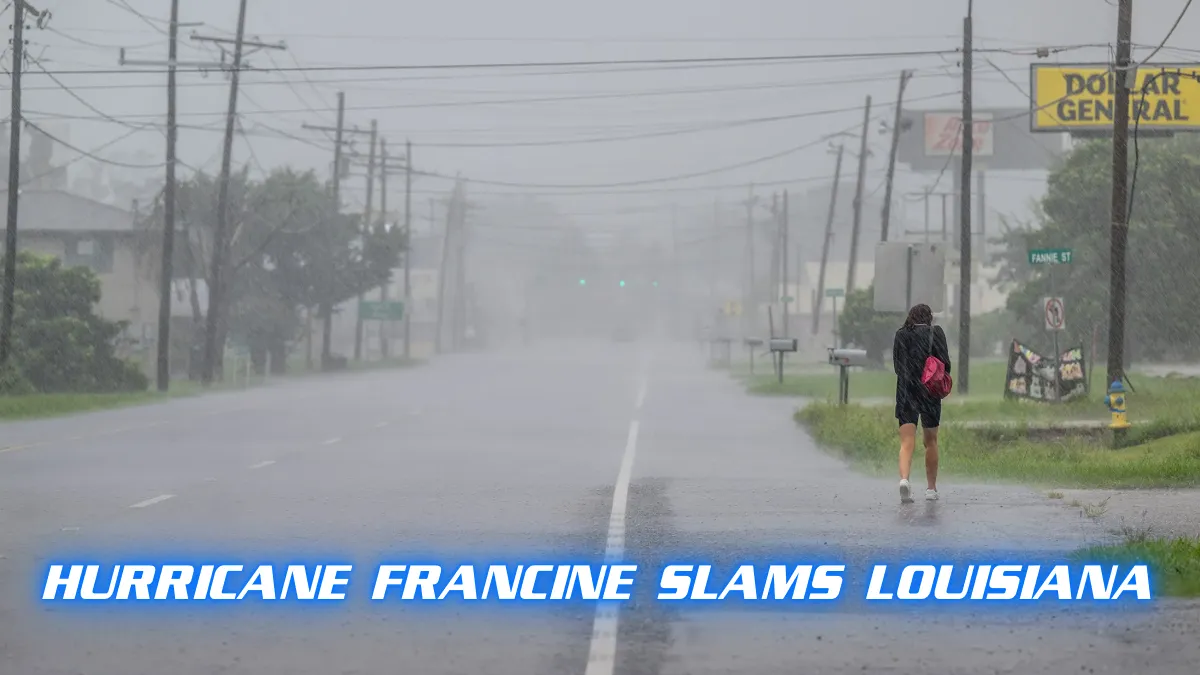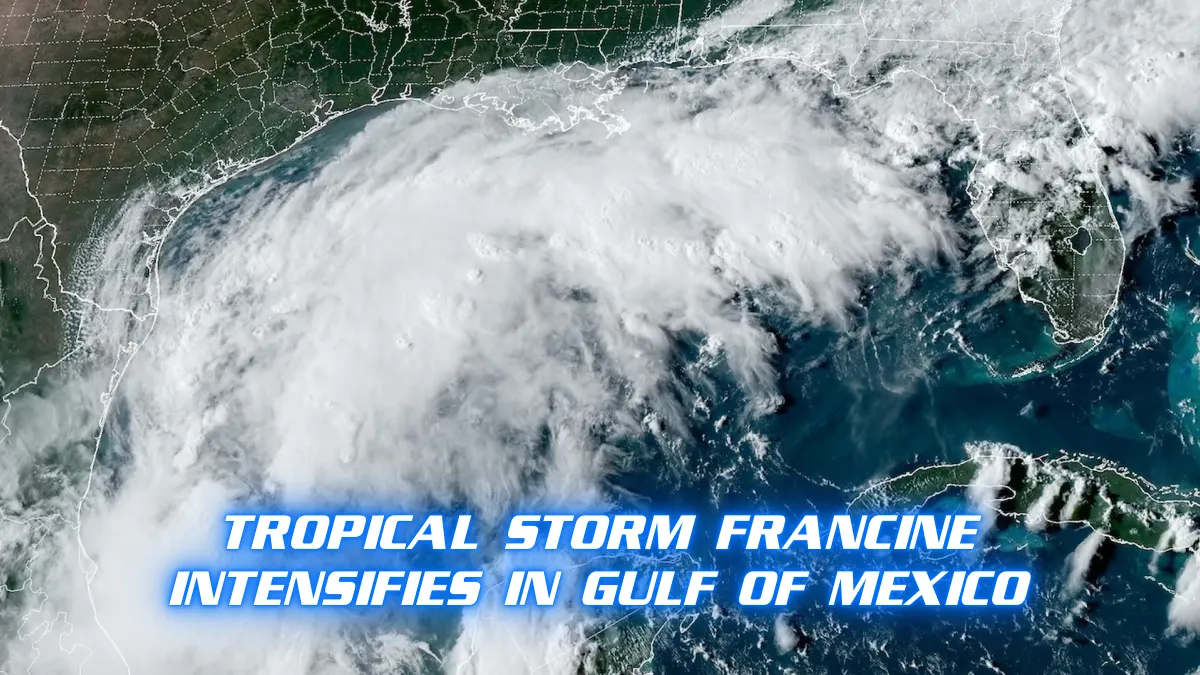Hurricane Francine made a fierce landfall in Louisiana early Tuesday morning, September 10, 2024, bringing with it massive destruction. The powerful storm hit the Gulf Coast with sustained winds of 130 mph, making it a Category 2 hurricane. Thousands of residents were urged to evacuate as the storm approached, but some chose to stay behind, riding out the hurricane in their homes. The National Weather Service had been issuing warnings for days, predicting the storm’s path and urging people to prepare for the worst.
The hurricane first made landfall near Grand Isle, a small barrier island south of New Orleans, at around 4 a.m. The area, known for its vulnerability to hurricanes, was quickly overwhelmed by strong winds and high storm surges. Local authorities reported that several homes were washed away by the powerful waves, while others suffered significant damage. In some places, the water rose as high as 10 feet, flooding streets and making many areas inaccessible.
Further inland, the situation was just as grim. In New Orleans, the city braced for heavy rainfall and potential flooding. The city’s levee system, reinforced after Hurricane Katrina in 2005, was put to the test as the water levels continued to rise. By midday, some neighborhoods in the city had reported up to 12 inches of rain, leading to flash flooding in lower-lying areas. Despite the improvements to the levees, concerns grew about their ability to hold up against the storm’s unrelenting force. Some levees in rural areas along the Mississippi River were breached, leading to extensive flooding.
Power outages became widespread across the state as the hurricane’s high winds knocked down power lines and damaged substations. Entergy, the main utility company serving the area, reported that over 500,000 customers were without electricity by the afternoon. Restoration efforts were expected to be slow due to the ongoing storm and hazardous conditions. In some areas, officials said it could take days or even weeks before power is fully restored.
Governor John Bel Edwards declared a state of emergency ahead of Hurricane Francine’s arrival. In a press briefing on Monday, he had urged residents to evacuate coastal areas and take the storm seriously. “This is a life-threatening event. If you’re in the path of this storm, now is the time to leave,” he said. The governor remained in constant communication with federal emergency teams, coordinating rescue and relief efforts. By Tuesday evening, the Louisiana National Guard had been deployed to help with search and rescue operations in flooded areas.
One of the major concerns after the storm was the potential for significant flooding. The heavy rainfall from Hurricane Francine was expected to cause rivers and streams to overflow, exacerbating the situation. Some areas were already reporting floodwaters that reached up to the rooftops of houses. In the town of Houma, southwest of New Orleans, emergency workers struggled to reach people stranded in their homes due to the deep water.
Shelters across Louisiana filled up quickly as evacuees sought safety. In Baton Rouge, the state’s capital, the Red Cross set up several emergency shelters to house displaced families. Volunteers worked around the clock to provide food, water, and medical assistance to those in need. Many of the evacuees expressed fears about what they might find when they return home. Some had lived through previous hurricanes and knew the destruction such storms could cause.
By late Tuesday, Hurricane Francine had begun to weaken as it moved inland. However, the storm still carried heavy rainfall and strong winds, affecting neighboring states such as Mississippi and Alabama. Forecasters predicted that the remnants of the hurricane could bring severe weather to parts of Tennessee and Kentucky in the coming days.
The economic impact of Hurricane Francine is expected to be significant. Early estimates suggest that the damage could reach into the billions of dollars. Louisiana’s oil industry, which operates many offshore rigs in the Gulf of Mexico, shut down production ahead of the storm. Several oil refineries along the coast were also temporarily closed, causing a spike in gasoline prices nationwide.
Residents of Louisiana are no strangers to hurricanes, but the intensity of Hurricane Francine took many by surprise. Experts believe that climate change is contributing to the increasing frequency and severity of such storms. Warmer ocean temperatures provide more energy for hurricanes, allowing them to grow stronger and more destructive. In the aftermath of this storm, there is likely to be renewed debate about how best to prepare for and respond to such disasters in the future.
As rescue operations continue, the people of Louisiana will begin to assess the damage and rebuild. Many have already started the process of filing insurance claims, while others are waiting to see if federal aid will be available. For now, though, the focus remains on saving lives and helping those who have been affected by this catastrophic storm.
While the full extent of the destruction is still unknown, Hurricane Francine will be remembered as one of the most powerful storms to hit Louisiana in recent years. It has left behind a trail of destruction, uprooting lives and reshaping communities. The recovery process will be long and difficult, but the resilience of the people of Louisiana will no doubt shine through in the days and weeks ahead.



